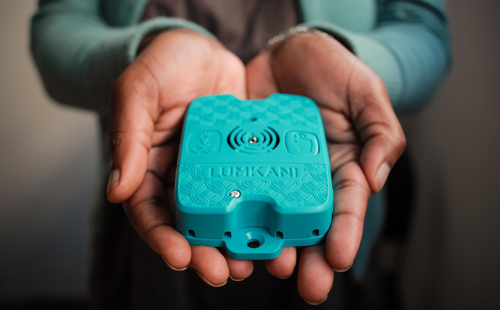
DAVID ADAMS looks at how World Vision aims to newly developed technology to tackle slum fires in Bangladesh…

PICTURE: World Vision Australia
A fire detector which responds to rapid rises in heat rather than smoke and which automatically sends out alerts when it does so will be rolled out in a pilot program to help families living in the slums of Dhaka in Bangladesh.
World Vision has already tested the Lumkani system in South Africa and now, thanks to a $250,000 prize the organisation won by being a finalist in the Australian arm of this year’s Google Impact Challenge, will extend the initiative to Dhaka.
Slum fires kill thousands of people around the world every year, leaving residents, who don’t have insurance, without homes, businesses and even identification documents. World Vision describes high density slums as “tinderboxes”, thanks to the present of flammable materials, exposed wiring and smoky open fires.
As many as 800 million people across the globe live in slums, including 500 million in Asia alone, with the global figure expected to reach to 2.5 billion in 25 years time. In Bangladesh, some 3.6 million people live in high-density slums.
The fire detectors were developed in 2014 by a South African-based social enterprise Lumkani and are the world’s first fire detectors designed specifically for use in urban slums. More than 7,000 of the devices have been installed across 28 high density townships in South Africa and Namibia.
Claire Rogers, World Vision Australia’s chief executive, says the fire detectors will save “thousands of lives” in Bangladesh.
“It combines two key innovations. Firstly, it detects rapid rises in heat, rather than smoke, which is critical in smoky slum environments where open fires are used for heating, cooking and lighting.”
“Secondly, it sends the GPS location to the local authorities, SMS alerts to owners, and sets off other detectors within 40 metres. With this rapid warning system in place, people can either fight the fire, or flee, saving their families.”
Ms Rogers says it is hoped that through the three year Dhaka pilot, World Vision will be able to develop a “sustainable implementation model” that it can replicate across Asia.
~ www.worldvision.com.au/GIC
~ http://lumkani.com
~ https://impactchallenge.withgoogle.com/australia2016





